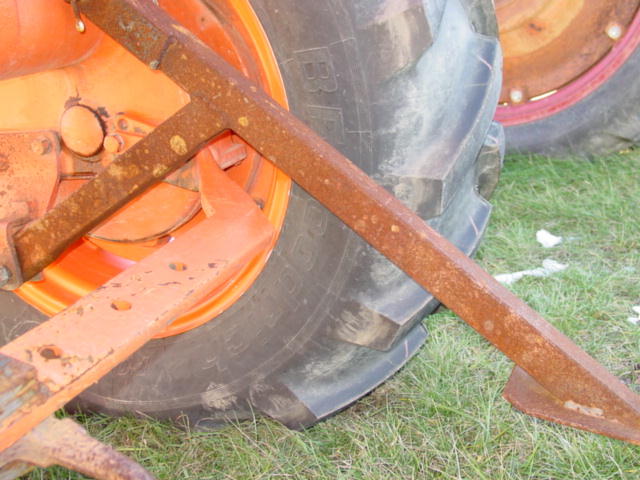So making a unit for my skidloader that requires me too cut two different 3point drawbars off and weld together to get
make one that spans about 40 inches with the 1" round ends on both ends..
So for you fabricators.. thinking of using 7018 rod... grinding the mating edges down to angle and filling in.. Sounds
simple enough.. help me out...Yes this bar when finished will be used like a draw bar on a tractor would be used for..
make one that spans about 40 inches with the 1" round ends on both ends..
So for you fabricators.. thinking of using 7018 rod... grinding the mating edges down to angle and filling in.. Sounds
simple enough.. help me out...Yes this bar when finished will be used like a draw bar on a tractor would be used for..


